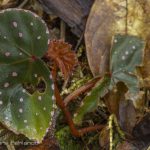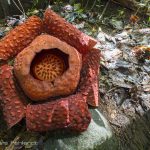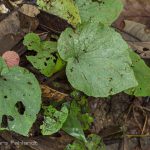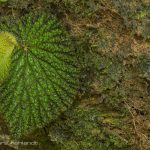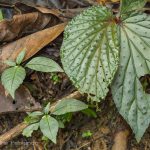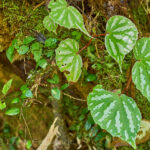The Upas tree, Antiaris toxicaria Lesch. (Moraceae) of central Borneo
Of all Borneo’s indigenous tribes, the Penan and Punan of Sarawak and Kalimantan remain most connected to traditional forest living. Some of the Penan and Punan still hunt with their traditional blowpipes and poisoned darts. The poison for the darts obtained from the upas tree, Antiaris toxicaria Lesch (Moraceae) which is widely used as an arrow poison through out the Malayan archipelago and Indonesia. The name for this tree differ from tribe to tribe, in Bahasa Malay the tree is called „Ipoh“ the Penan call them „tacem“ or „tajem“ – some of the Punan tribes in the heart of Borneo call the „takjem“ or if its a very effective takjem -> takjem uhu. Sometimes each takjem tree has a individual name, like „Takjem Tipluk“ (‘poison that cuts the throat’). So each community has their own well known takjem trees in the middle of the forest. These trees ensured the Penan and Penan survival in the rainforest for centuries. And now, in these days – the modern time – these trees live a life on the edge of logging roads. And the young generation of the Borneo Normadic peoples no longer even remembers their own cultural roots. I found this tree during a recent research Expedition in the heart of Borneo, the typical scars on the tree arise from the juice extraction with which the deadly arrow poison is produced. These “scars” could be seen at a height of up to about 4 meters.
